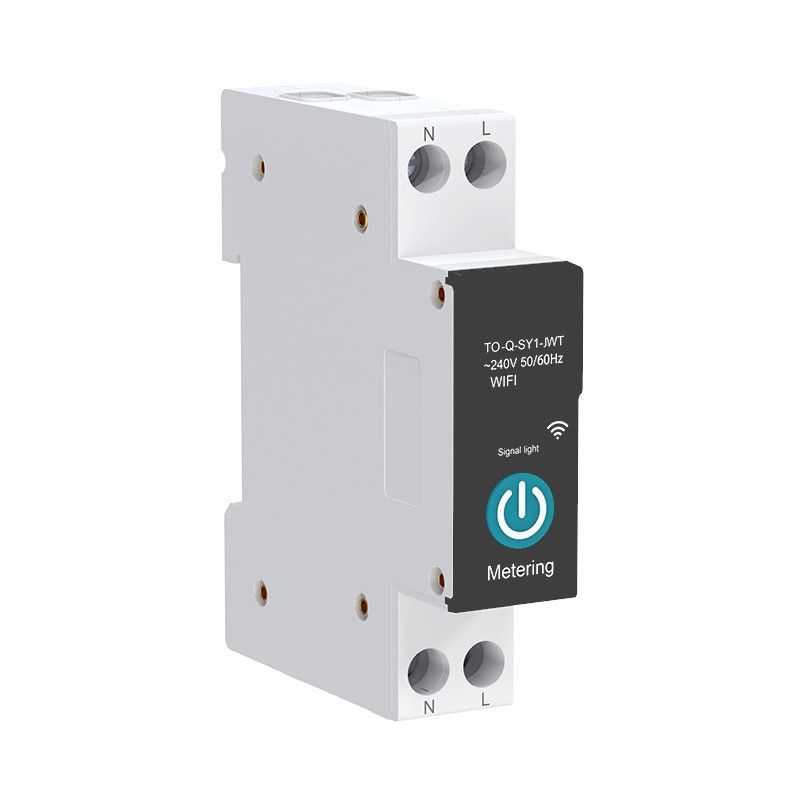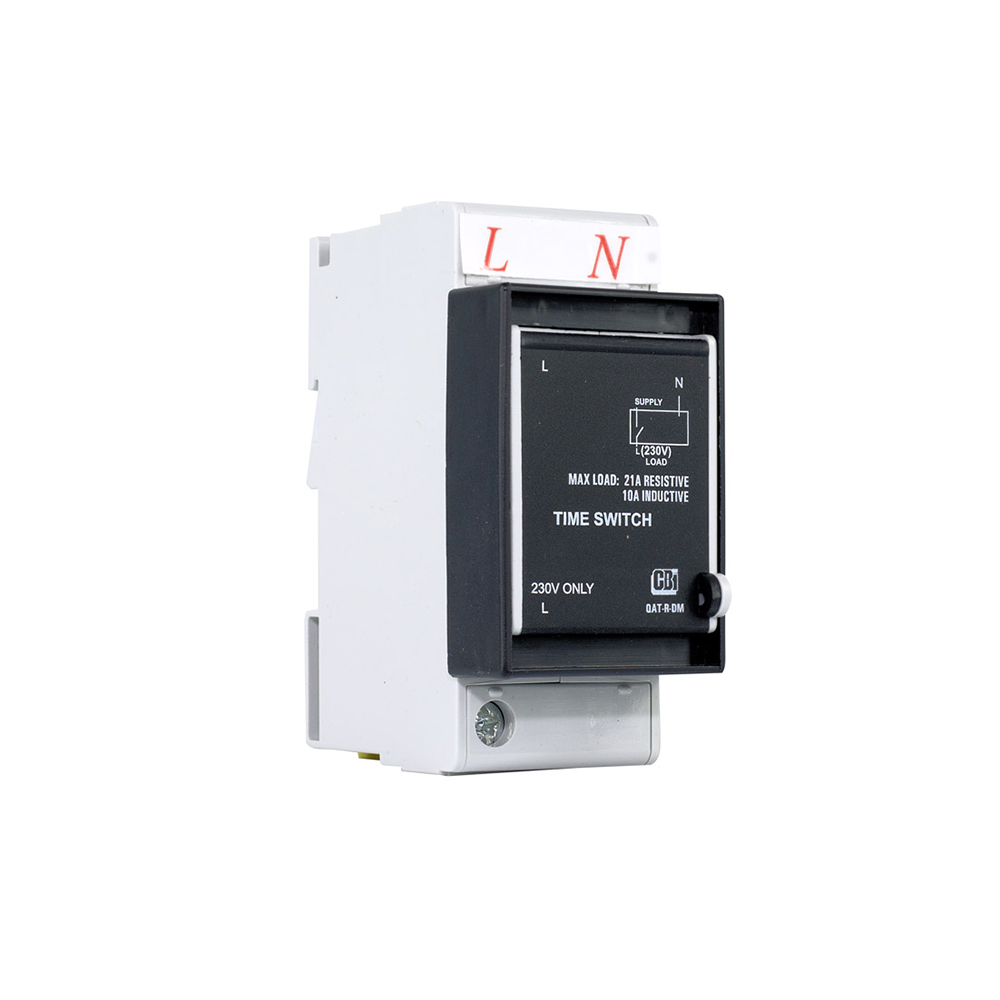Energy-Saving Tips with a Geyser Timer for Hot Water Systems
Energy-Saving Tips with a Geyser Timer for Hot Water Systems
Blog Article
Comprehending the Common Issues Surrounding Hot Spring Timers for Efficient Water Heating
The efficient functioning of geyser timers is important for optimizing water heating performance, yet customers often experience a variety of typical problems that can compromise efficiency. Recognizing these variables is key to ensuring that hot spring systems run at their ideal, welcoming a better evaluation of the services that can deal with these prevalent problems.
Common Breakdowns

One common breakdown is the failure of the timer to start home heating cycles. This can happen as a result of electrical problems, such as a blown fuse or damaged wiring, stopping the timer from receiving power. One more usual problem is inconsistent temperature level law; the geyser may fail or get too hot to heat water sufficiently. This can be attributed to a malfunctioning thermostat or sediment accumulation within the container, insulating the burner.

Incorrect Timer Setups
Misconfiguration of timer settings is a typical issue that can cause substantial inefficiencies in hot spring procedure. When timers are established incorrectly, they may activate the geyser at suboptimal times, resulting in either not enough heating of water or too much energy usage. If the timer is programmed to turn on throughout height electrical energy hours, it not only blows up energy expenses but also leads to unneeded stress on the electric framework.
Moreover, inaccurate timer setups can interfere with the accessibility of warm water when required - geyser timer. An improperly set up timetable might leave families without warm water throughout peak usage periods, triggering aggravation and frustration. Alternatively, continual operation as a result of misconfigured timers can cause getting too hot, increasing and damaging the geyser maintenance costs
Customers should familiarize themselves with their geyser's heating requirements and adjust the timer to straighten with their specific needs. Properly set up timer setups inevitably add to an extra economical and sustainable water home heating solution.
Compatibility Concerns
Compatibility issues can dramatically influence the performance of hot spring timers, particularly when incorporating with various heater or clever home innovations (geyser timer). Many geyser timers are developed to deal with certain kinds of water heaters, such as resisting home heating elements or gas-fired systems. If a timer is not compatible with the heating unit, it might not operate correctly, bring about ineffective water heating and even damage to the system
Furthermore, as smart home innovation continues to advance, the assimilation of hot spring timers with home automation systems can present challenges. Not all hot spring timers use the same degree of connection, which can impede their ability to communicate properly with mobile applications or smart hubs. Users might discover themselves unable to control their geyser timers remotely or set routines that straighten with various other wise devices in their home.
Additionally, the compatibility of geyser timers with existing electrical facilities can likewise be an issue. Variations in voltage scores, wiring requirements, and circuit configurations can result in operational issues. For that reason, it is vital to thoroughly examine compatibility with both the heating devices and the home's electrical system before choosing a click here to find out more geyser timer to ensure optimal efficiency.
Power Supply Troubles
Power supply issues can badly impede the performance of hot spring timers, leading to unstable procedure and enhanced power costs. These issues might originate from poor voltage supply, inconsistent power resources, or defective electrical wiring. A geyser timer needs a stable electric input to work ideally; changes can lead to erratic efficiency or full failing.
Additionally, incorrect voltage rankings can damage the timer, making it inoperative. It is essential to guarantee that the geyser timer works with the electrical requirements of the installation site. Additionally, power rises or disturbances can interrupt the timer's programs, resulting in ineffective heating cycles and unanticipated operational hold-ups.
In circumstances of persistent power supply troubles, consulting a certified electrical contractor is recommended to ensure that the electric infrastructure effectively sustains the hot spring timer's requirements. Proper attention to power supply can boost the efficiency and long life of the geyser timer system.
Maintenance and Troubleshooting
Regular maintenance and troubleshooting are important for ensuring the trustworthy operation of hot spring timers. Routine checks must consist of inspecting the timer's connections and wiring for any indications of wear or damage. Make certain that all electrical elements are free and safe and secure from corrosion, as this can affect efficiency. On a regular basis tidy the timer system and surrounding areas to avoid this post dirt build-up, which can hinder its operation.
If issues occur, start troubleshooting by resetting the timer to its default settings. Confirm the power supply to guarantee the timer is getting sufficient voltage. Get in touch with the producer's handbook for specific analysis actions if the timer falls short to run as anticipated. Common problems might consist of inaccurate programs or a malfunctioning switch, which can usually be dealt with by reprogramming or replacing the defective element.
Furthermore, think about organizing professional inspections yearly to deal click over here now with prospective concerns proactively. This approach can expand the life-span of the geyser timer and maximize its effectiveness. By prioritizing upkeep and efficient troubleshooting, customers can mitigate typical troubles and guarantee constant efficiency from their hot spring timers.
Verdict
In verdict, identifying and attending to the typical concerns linked with hot spring timers is important for optimizing water home heating performance. Timer malfunctions, wrong setups, compatibility obstacles, and power supply problems can considerably affect efficiency.
The reliable performance of geyser timers is essential for optimizing water heating performance, yet individuals often come across a range of usual problems that can endanger performance. When timers are established improperly, they may turn on the hot spring at suboptimal times, resulting in either not enough home heating of water or excessive power consumption.Compatibility issues can substantially affect the performance of hot spring timers, specifically when incorporating with different heating systems or wise home innovations. Many geyser timers are created to function with certain types of water heaters, such as resisting heating aspects or gas-fired systems.In final thought, identifying and addressing the usual problems associated with hot spring timers is necessary for enhancing water home heating effectiveness.
Report this page